
Issue 090
July 2012
Fortify the foundations of your grappling game with these simple drills.
Good posture is the key to grappling in all situations: vital in advancing position, during scrambles, defending submissions, and beyond. Use these drills to learn the right mechanics to utilize the hips and legs instead of your arms to maintain posture throughout the fight.
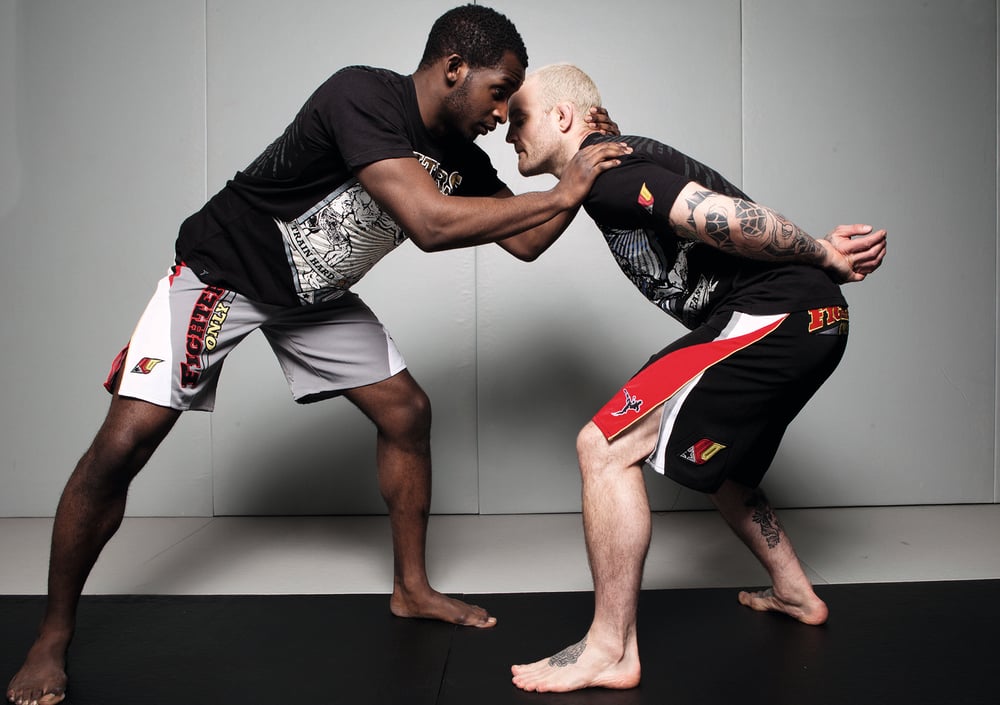
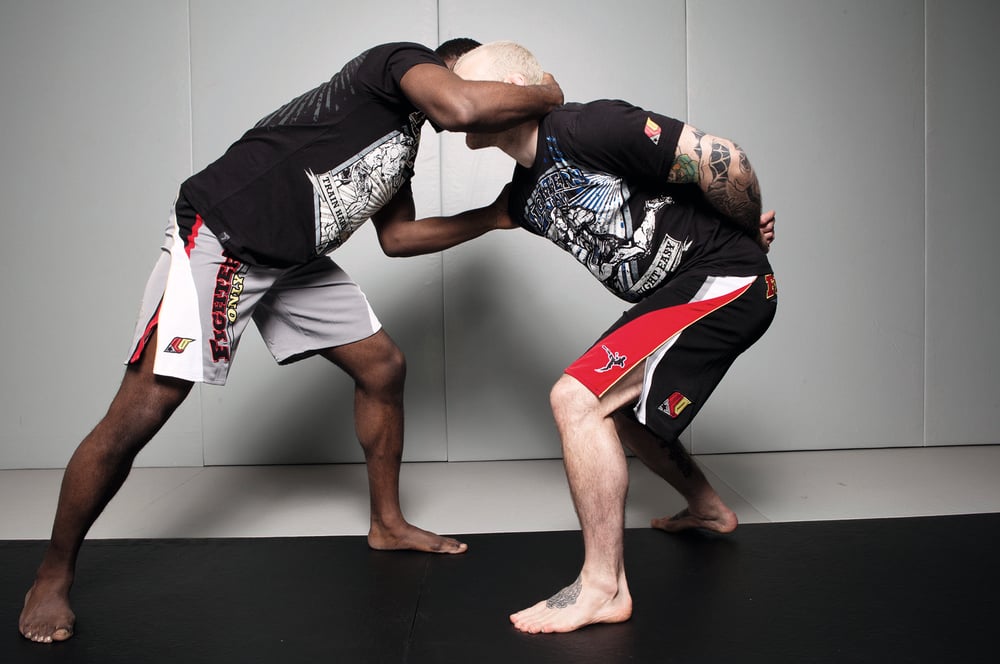

WRESTLING POSTURE TRAINING
Start in your wrestling stance, except with your hands behind your back. Have your training partner work on snap downs and use your legs to keep your posture up. Begin lightly in order to warm up, and gradually up the power of the snaps until your partner succeeds in snapping you down. Perfect for helping you dictate a clinch, wherever the fight.
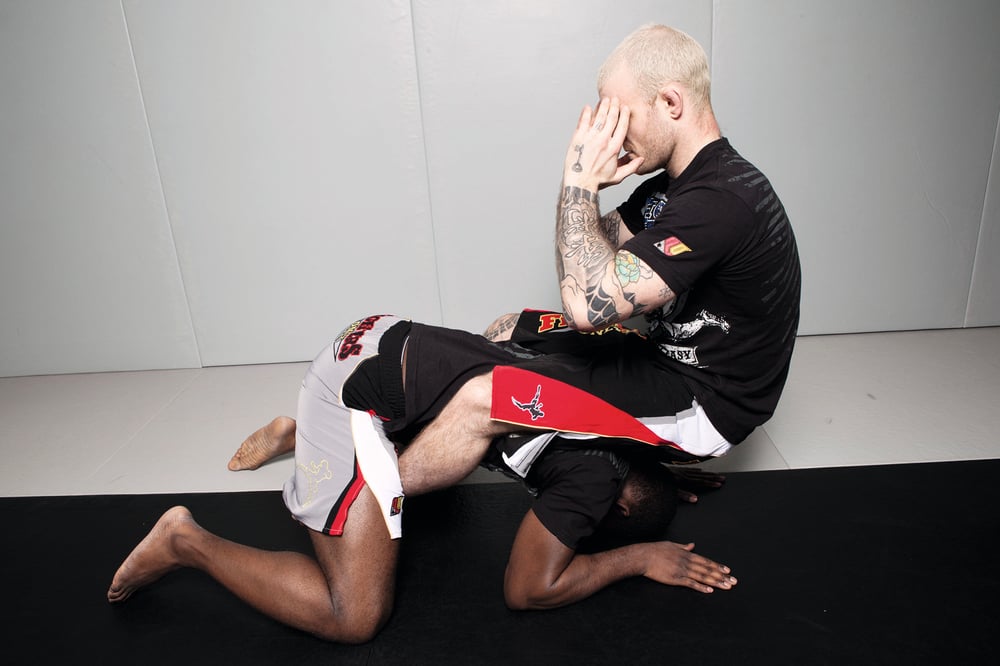
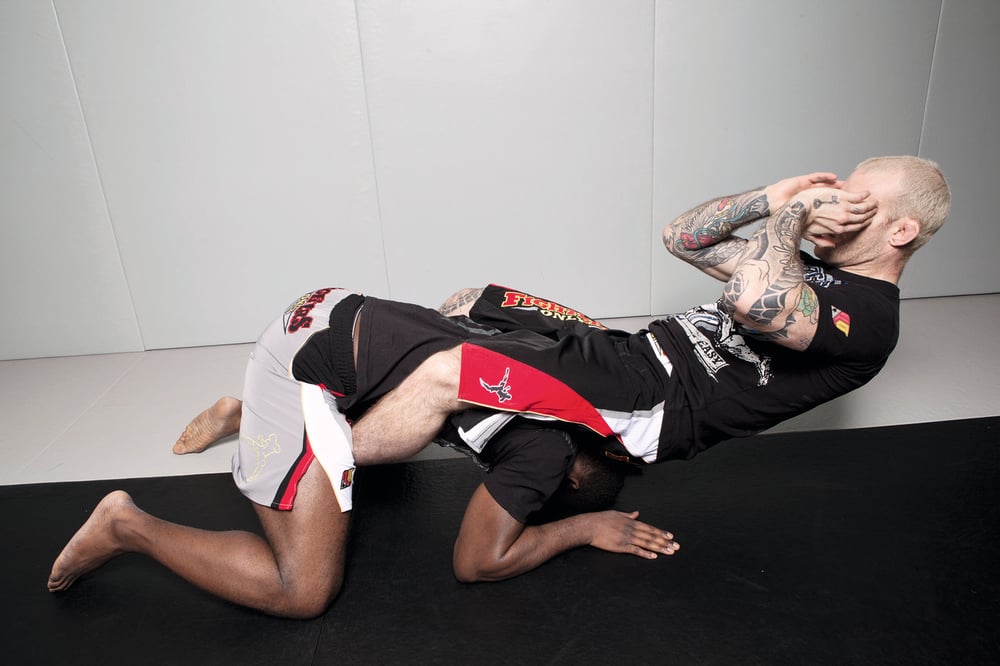
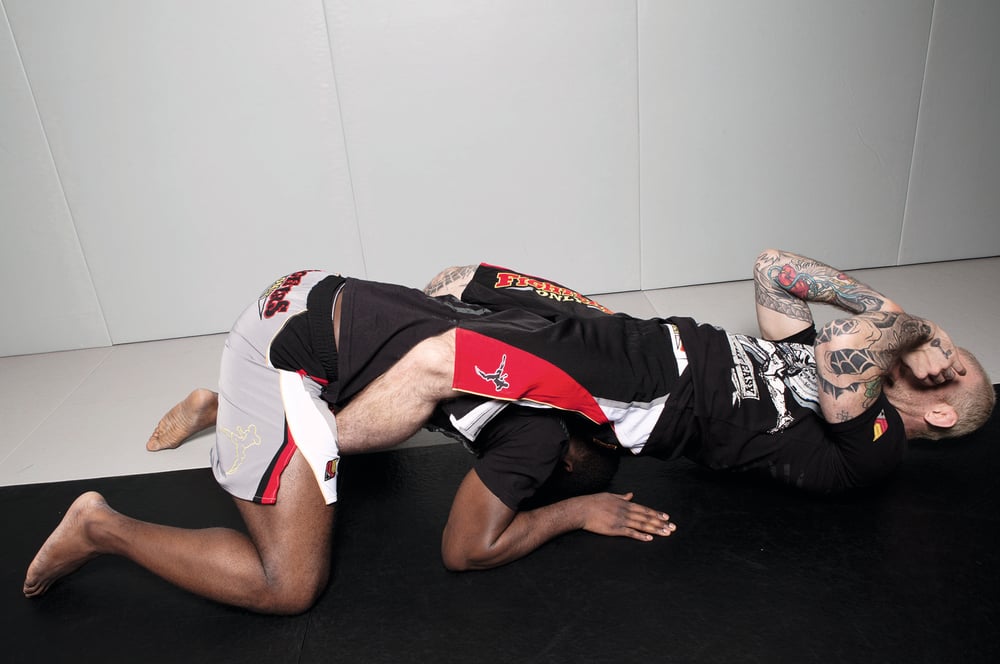
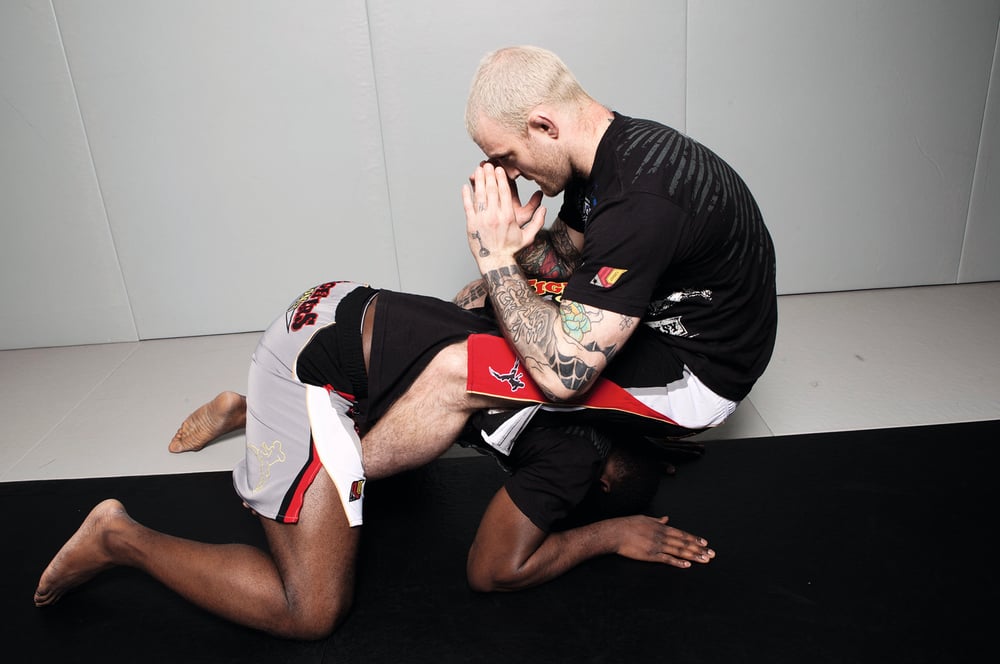
PARTNER SITS
Train the base of your turtle position and your abs with a partner sit-up, hooking in your legs around the inner thighs.
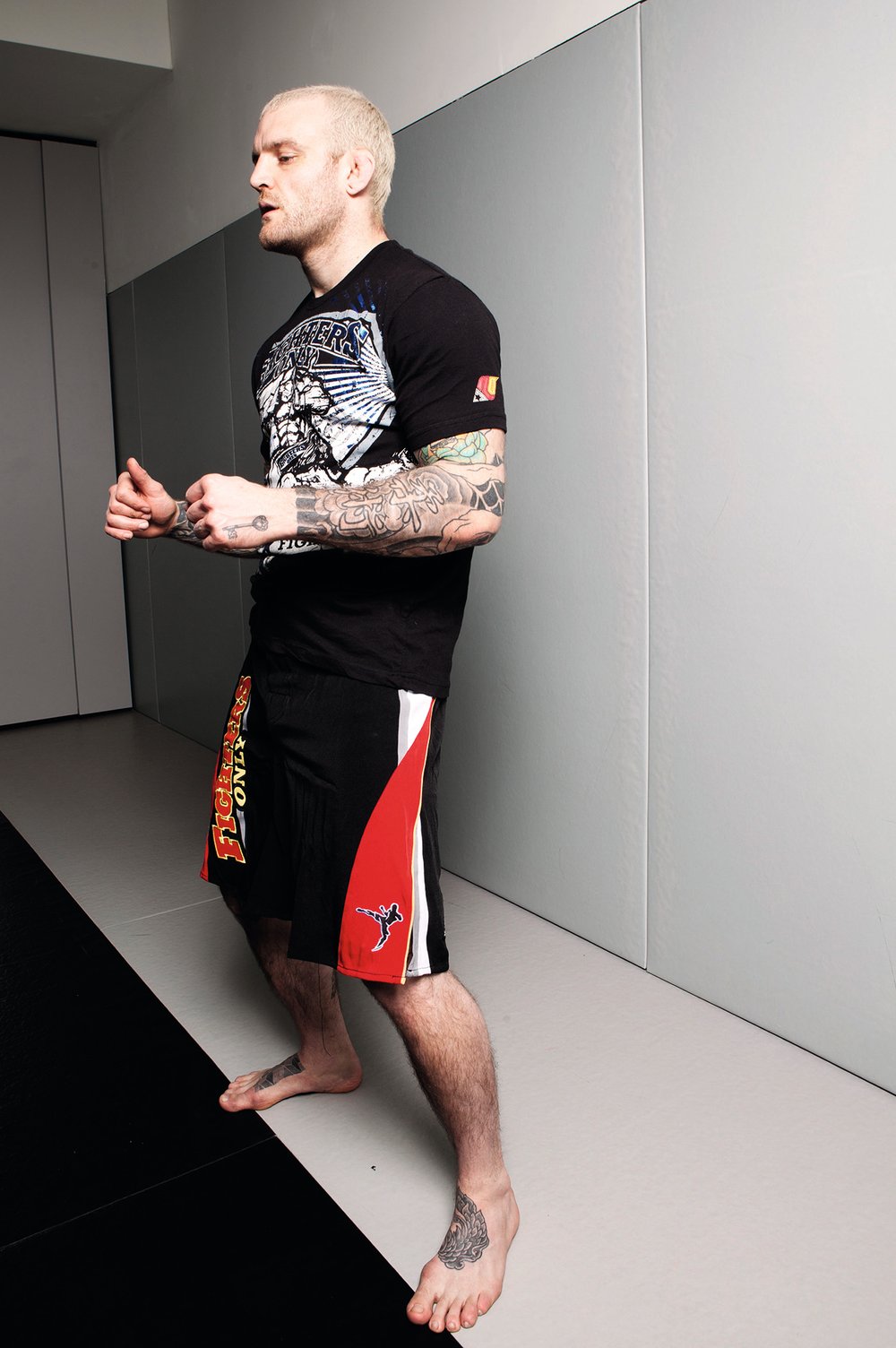
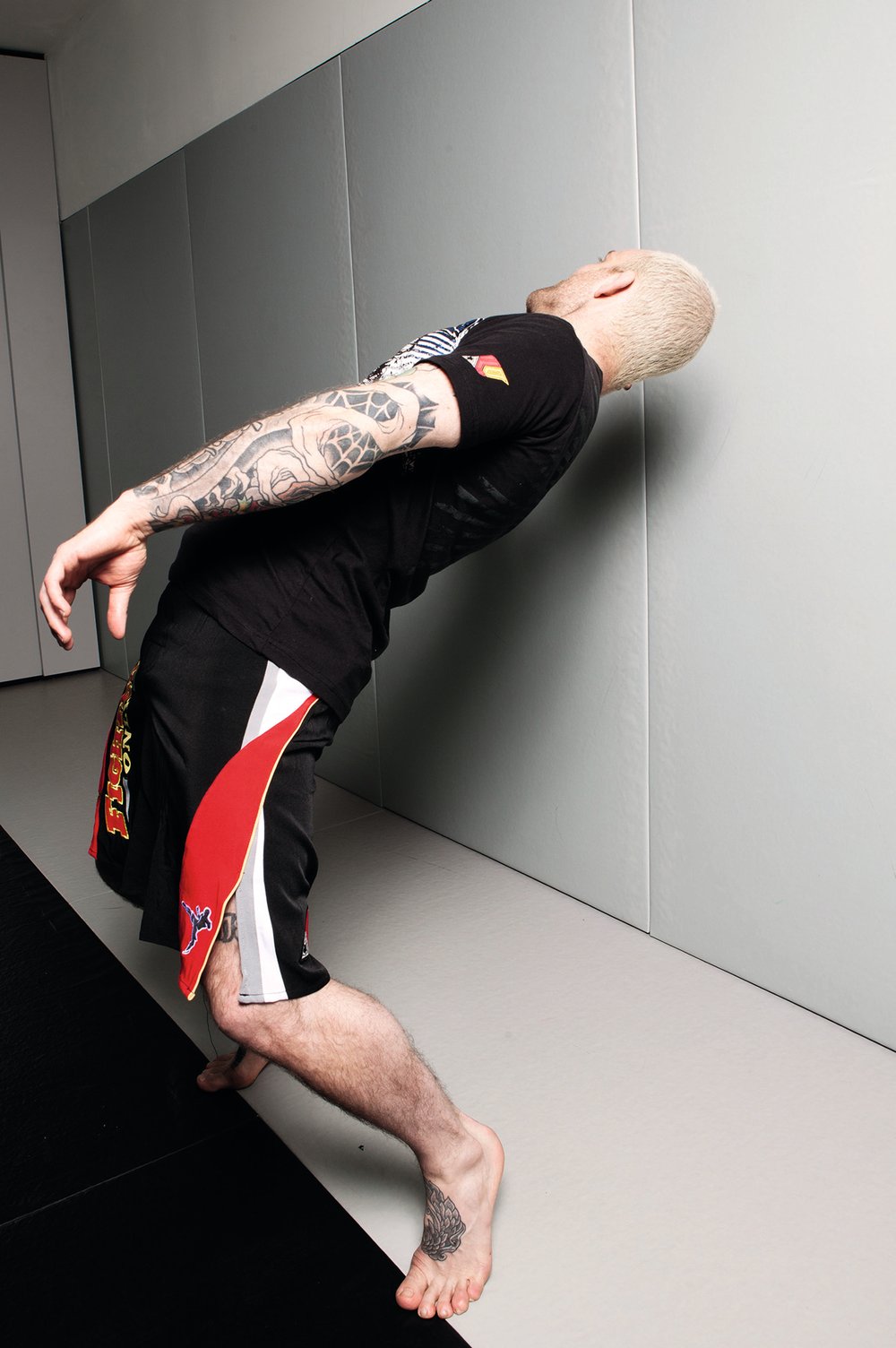
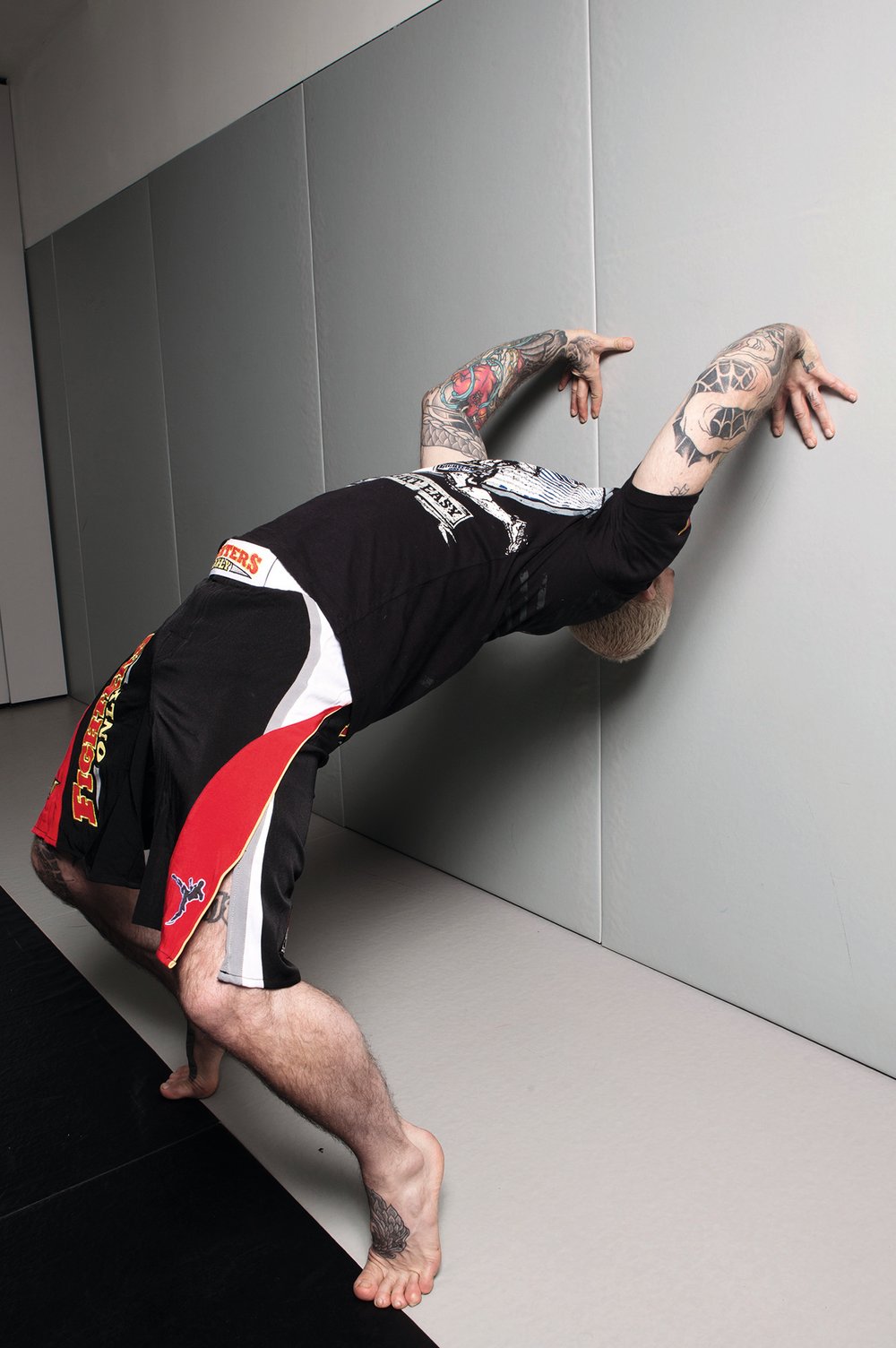
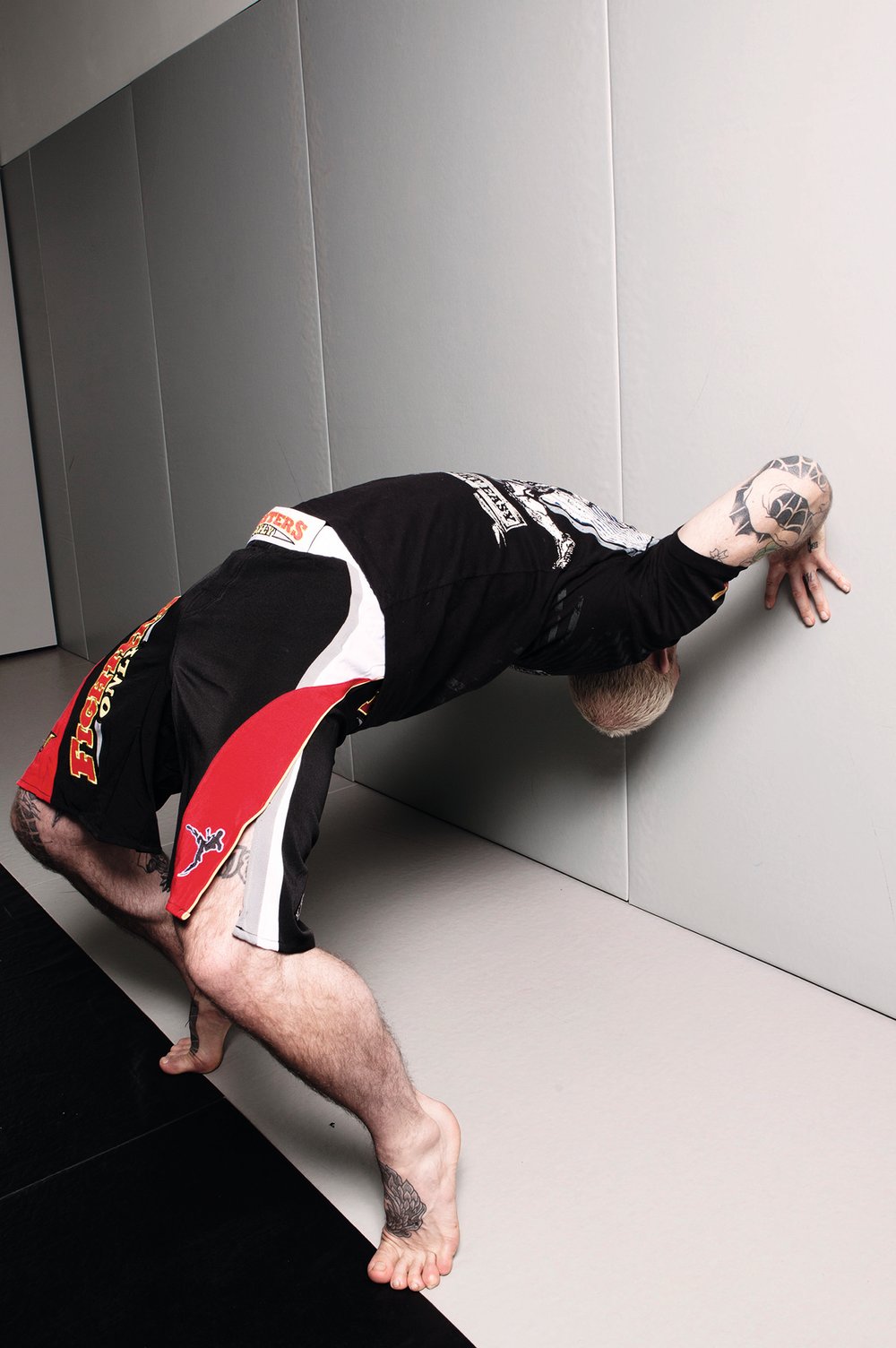
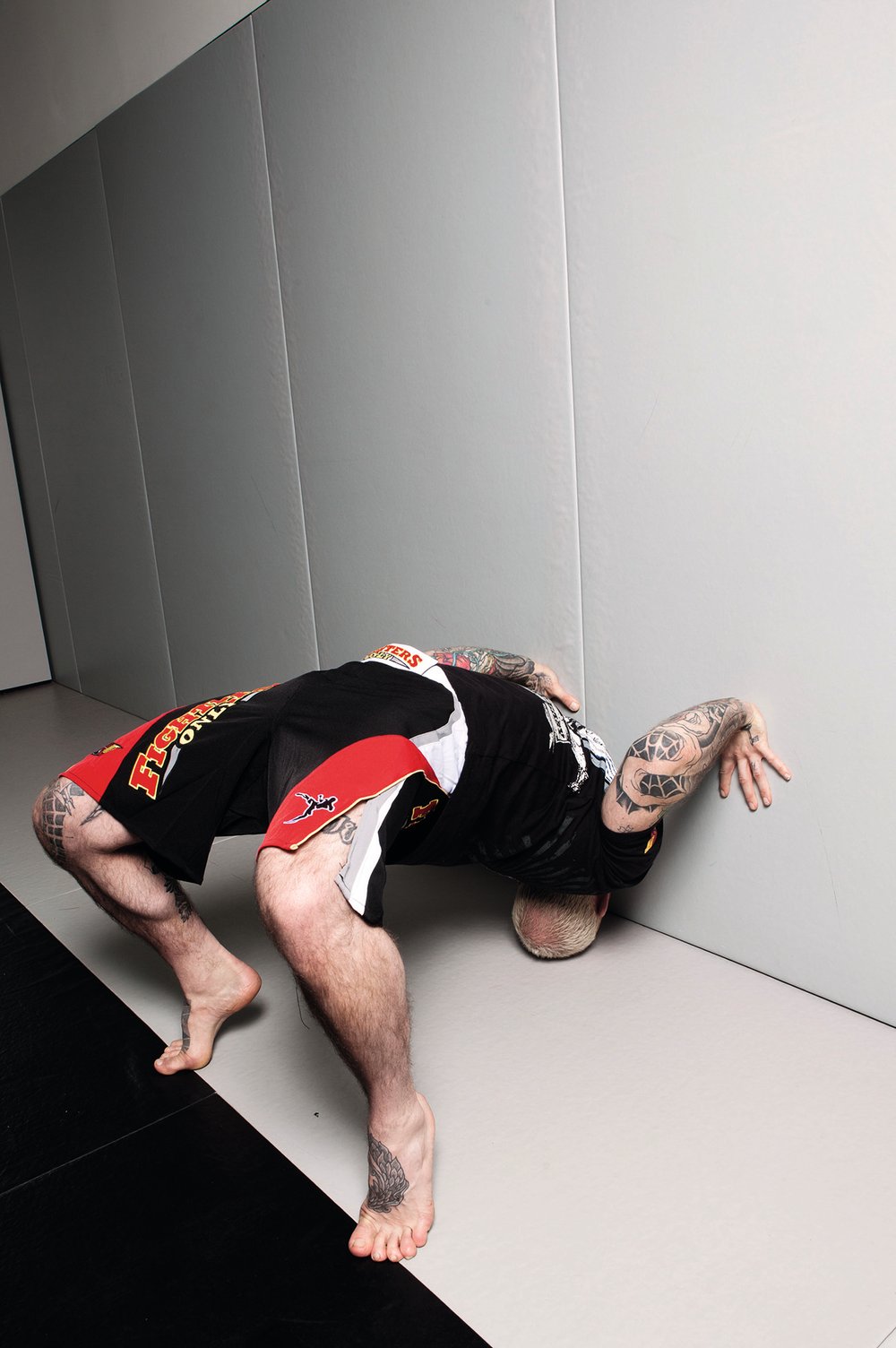
SUPLEX WALL WALKING
These help toward that perfect suplex arc. Stand with your back to the wall and reach back over your shoulder to touch the wall, first with one hand then with two. Walk your hands down toward the ground one small step at a time. The goal is to reach your forehead to the floor, then walk back up to standing position.
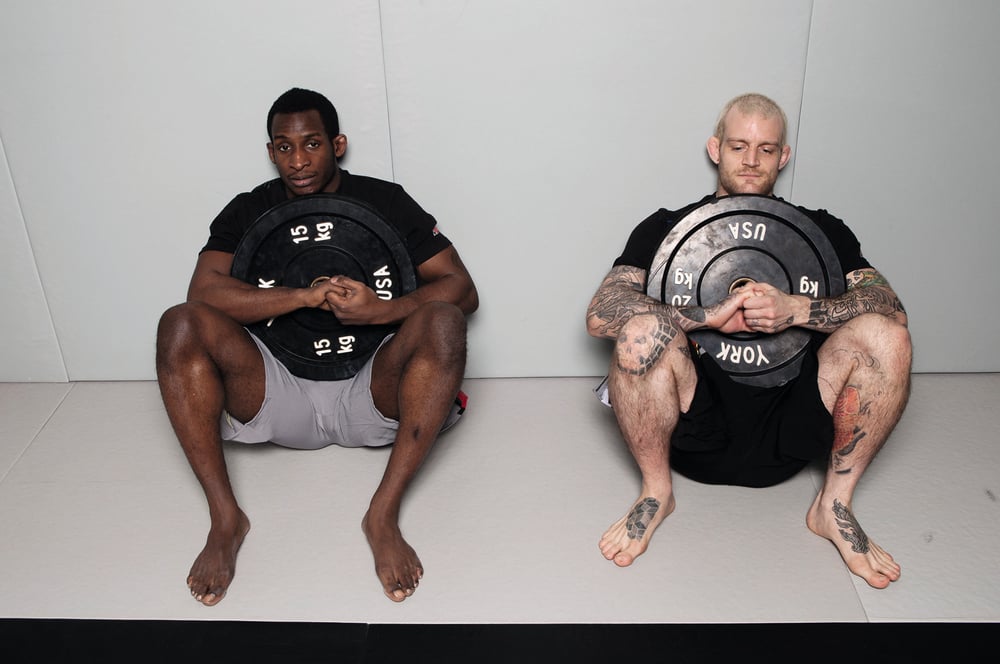
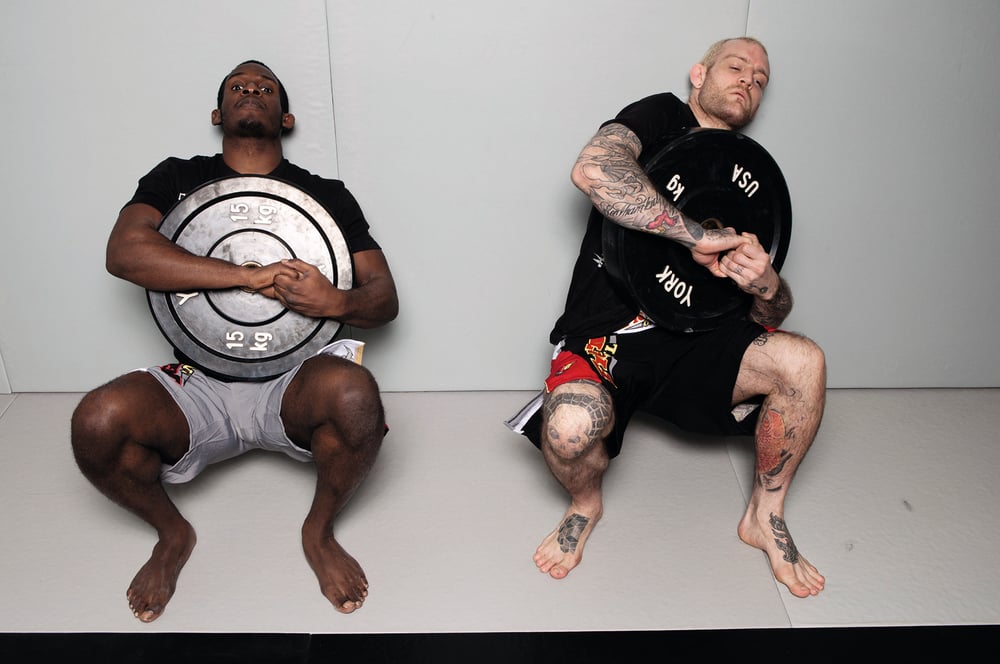
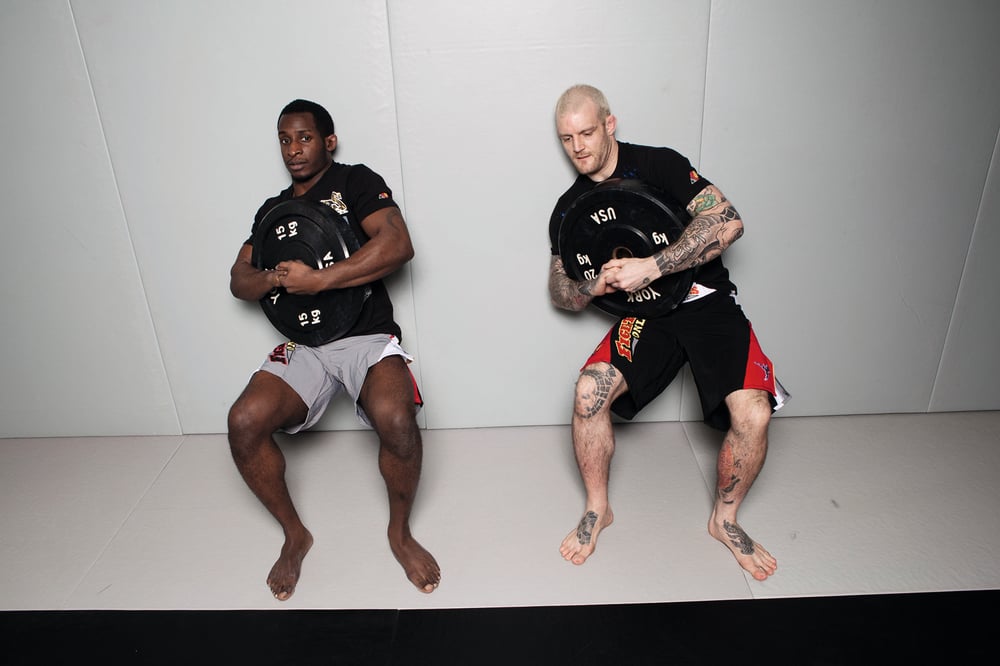
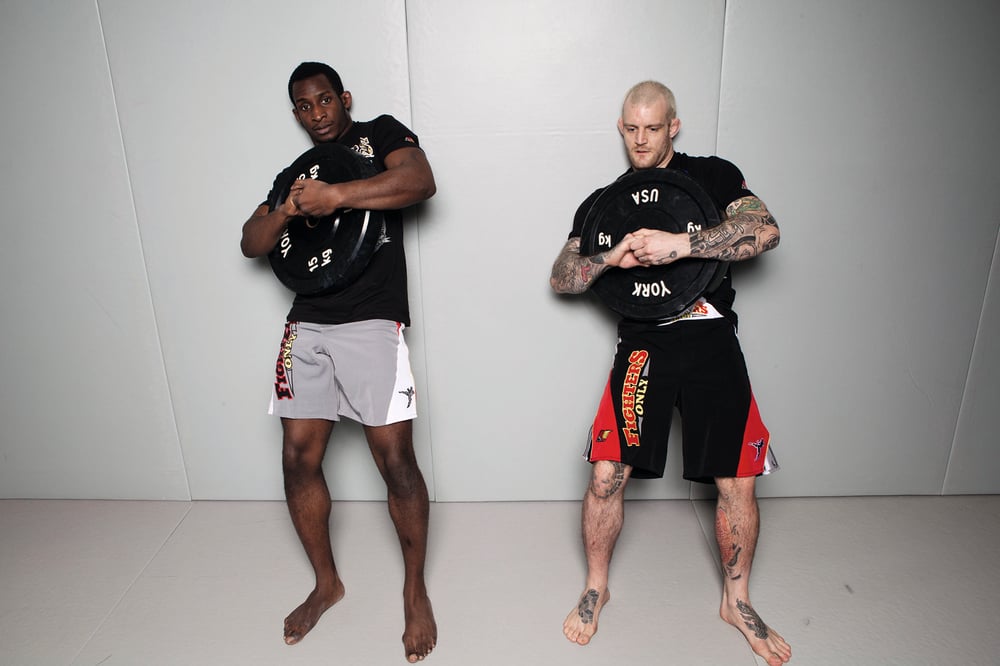
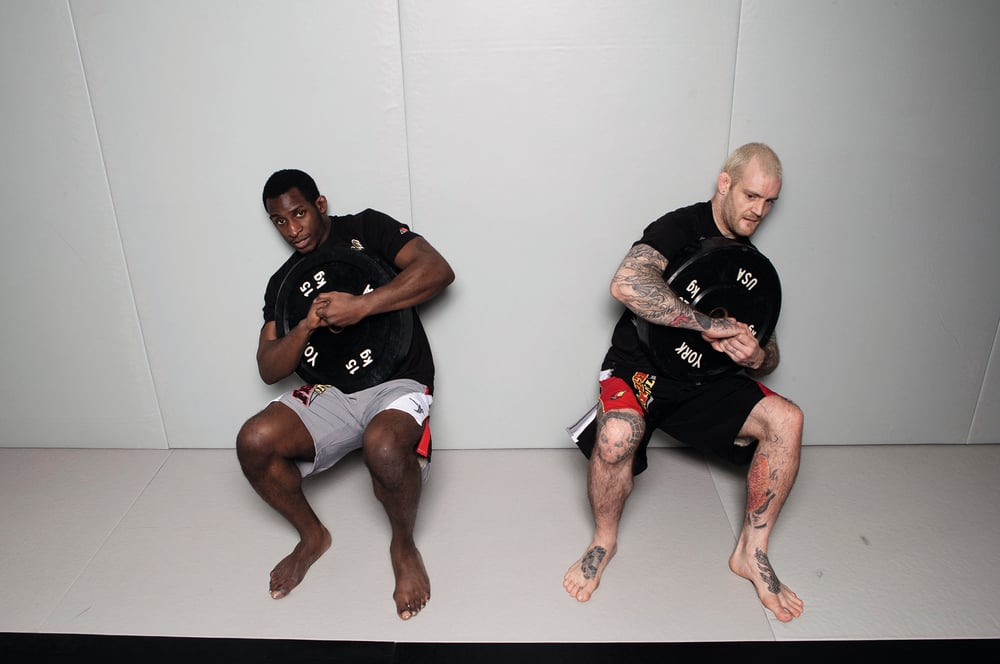
GET-UP WALL WALKING
Take a heavy plate, kettle bell, sandbag, or other similar object. Squat against the wall, and walk up by driving from the legs and twisting from the trunk. Once upright reverse the action to come back down. Perfect for strengthening your ability to get up off the bottom.
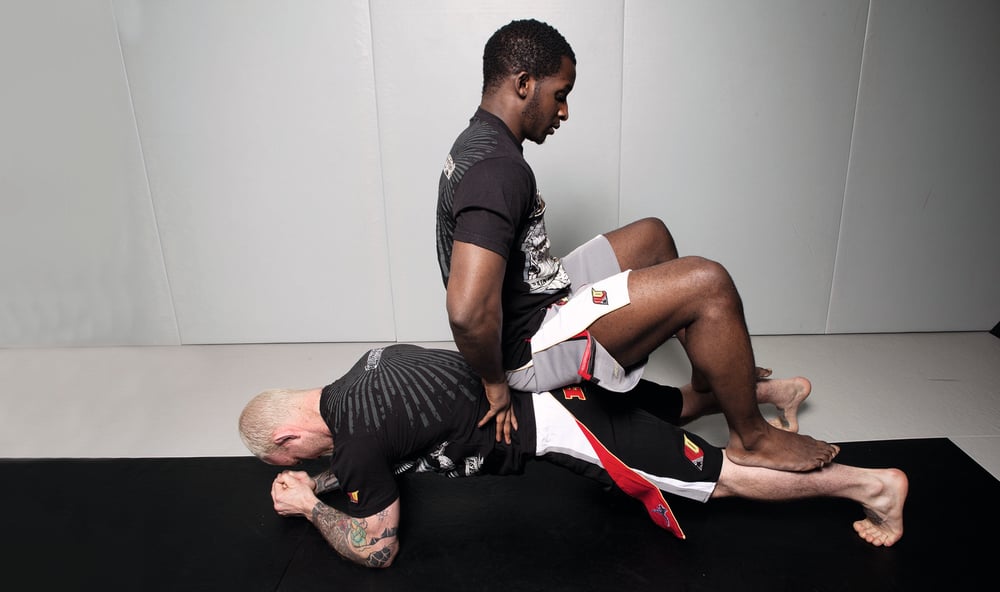
PARTNER PLANKS
Add a load to your planks at the hips by having your partner sit on your hips, with their feet on the backs of your calves. This is an advanced move due to the risk of injury. Perform only when you’re capable of doing so safely and use extreme caution.
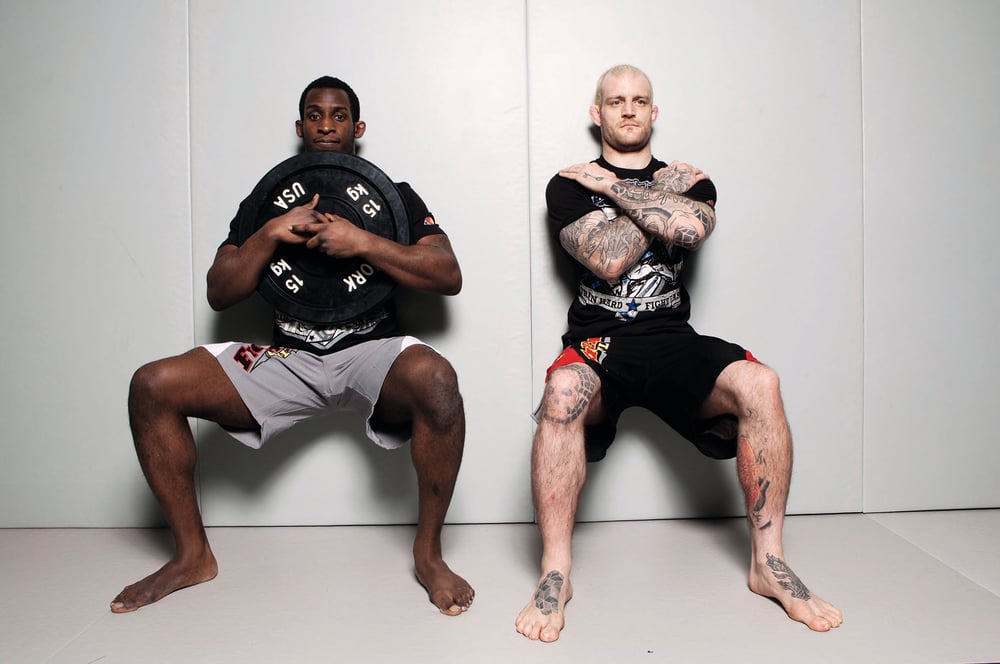
WALL SITS
Maintain your legs at 90 degrees, with your back flat against the wall. Try working with a partner for a little competition to up your time. Start with aiming for one minute. Once you can do three minutes add a load like Wendle demonstrates here.
...









